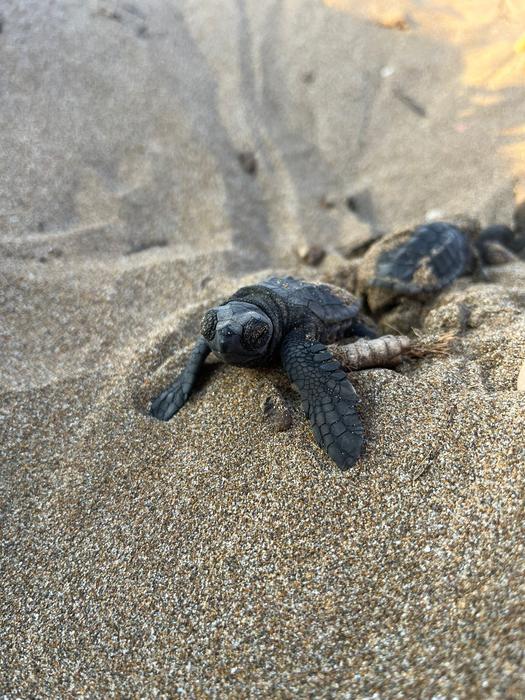
Turtles are changing their nesting patterns in response to climate change – and potential extinction
Your support helps us to tell the story
From reproductive rights to climate change to Big Tech, The Independent is on the ground when the story is developing. Whether it’s investigating the financials of Elon Musk’s pro-Trump PAC or producing our latest documentary, ‘The A Word’, which shines a light on the American women fighting for reproductive rights, we know how important it is to parse out the facts from the messaging.
At such a critical moment in US history, we need reporters on the ground. Your donation allows us to keep sending journalists to speak to both sides of the story.
The Independent is trusted by Americans across the entire political spectrum. And unlike many other quality news outlets, we choose not to lock Americans out of our reporting and analysis with paywalls. We believe quality journalism should be available to everyone, paid for by those who can afford it.
Your support makes all the difference.
As global temperatures continue to rise due to the impacts of human-caused climate change, sea turtles are changing their nesting behaviors in response.
Green and loggerhead turtles in Cyprus, the island country southeast of Greece, have been observed nesting earlier than normal.
For turtles, rising temperatures can mean fewer successful hatchings, as well as the birth of more females.
The elevated temperatures can cook turtle embryos before they hatch. Furthermore, like alligators and crocodiles, the sex of most turtles is determined after egg fertilization. If the eggs incubate at temperatures above 88.8 degrees, the hatchlings will be female.
The warmer the sand the eggs are hatched in, the higher the ratio of female turtles. However, increased temperatures could result in skewed and even lethal incubation conditions in the future.
“Although our turtles appear to be coping with current rising temperatures, it is unclear how long they may be able to do this before conditions in Cyprus are no longer suitable, but cooler locations in the Mediterranean may become available for them to nest,” Dr. Damla Beton, from the Society for Protection of Turtles, said in a statement.

Beton is one of the authors of a related study published in the journal Proceedings of the Royal Society B.
But, worrying effects may come sooner than later. Using three decades of data, the authors found that there would be hardly any new loggerhead turtle offspring produced by 2100, unless the turtles move their nesting season forward.
In order to do this, the researchers had estimated the animals would need to nest 0.5 days a year earlier to maintain the current sex ratio, and 0.7 days a year earlier to prevent egg-hatching failures. However, their data showed that loggerhead turtles are already doing it, nesting 0.78 days a year earlier since 1993.

In a separate study using 31 years of data on green turtles at the same beach, the authors found that the turtles were adjusting the timing of their nesting based on sea temperature. Those findings were published in the journal Endangered Species Research.
Both green and loggerhead sea turtles are classified as “endangered.” They’re threatened by fishing, vessel strikes, egg harvest and habitat loss. For now, the turtles are responding to the elevated temperatures by shifting to cooler months to nest.
“There is no guarantee that they carry on doing this though – it’s very much dependent on how much the temperatures rises, and also what they are eating. If the timing of production in terms of where their food’s coming from shifts, then they could start to be disconnected ecologically between where they forage and where they breed,” University of Exeter Professor Annette Broderick said.


